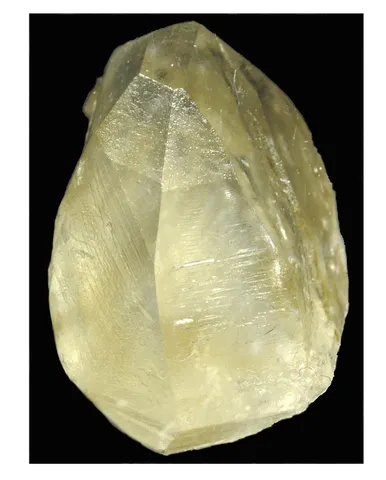CARNALLITE
Class : Halides
Subclass : Chlorides
Crystal system : Orthorhombic
Chemistry : KMgCl3 6H2O
Rarity : Quite common
Carnallite is an important potassium ore, typical of evaporitic deposits. In these deposits, carnallite is one of the last chlorides to precipitate from the final brines enriched in magnesium and potassium, well after the deposition of halite, kieserite and sylvite. Highly hydroscopic, a humid atmosphere causes it to “melt” very easily into a thick brine. It owes its name to the German mining engineer Rudolph von Carnall. It is a mineral which generally occurs in beds or in shapeless granular masses, exceptionally in pseudohexagonal or thick tabular pyramidal crystals. It is colorless, milky white, sometimes colored red by oriented hematite inclusions.
Main photo : Carnallite from Kerr McGee, New Mexico, USA © Chris Stefano
Carnallite in the World
Twinning
No twin known for this mineral species.
Fakes and treatments
No fake identified for this mineral species.
Hardness : 2.5
Density : 1.602
Fracture : Conchoidal
Streak : White
TP : Translucent to transparent
RI : 1.465 to 1.496
Birefringence : 0.029 to 0.030
Optical character : Biaxial +
Pleochroism : None
Fluorescence : None
Solubility : Water
Magnetism : None
Radioactivity : None

